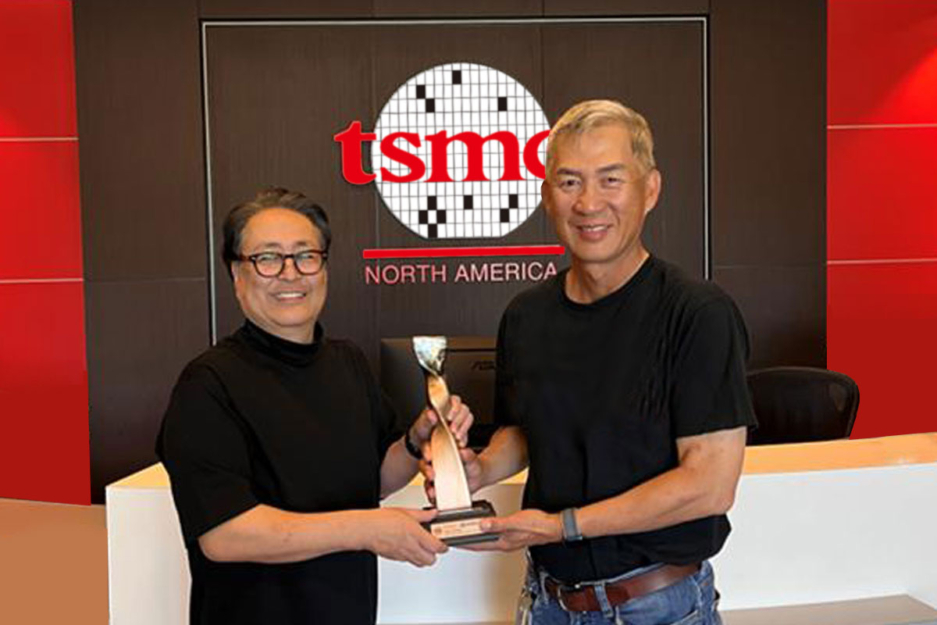The smart Trick of ambiq apollo3 That Nobody is Discussing
The smart Trick of ambiq apollo3 That Nobody is Discussing
Blog Article

Still left: During the VAB, the crawler transporter positions by itself below Cellular Launcher one in preparation for rollout of SA-501 on the launch pad – Notice the employee inside the foreground for sizing comparison.
Aldrin salutes the deployed United states of america flag to the lunar surface area. The astronauts planted the Lunar Flag Assembly made up of a flag of the United States to the lunar surface, in obvious view on the TV camera. Aldrin remembered, "Of all the roles I needed to do around the Moon the just one I wanted to go the smoothest was the flag elevating."[152] Though the astronauts struggled With all the telescoping rod and will only insert the pole about 2 inches (5 cm) in the difficult lunar area.
OPPO and Ambiq jointly optimized the energy performance with the Apollo4s System to maximize the overall performance and battery life of the OPPO Watch two.
About 7 minutes after stepping on to the Moon's surface area, Armstrong gathered a contingency soil sample utilizing a sample bag with a stick. He then folded the bag and tucked it right into a pocket on his appropriate thigh. This was to guarantee there can be some lunar soil brought back again in case an crisis required the astronauts to abandon the EVA and return to your LM.[one hundred fifty] Twelve minutes after the sample was collected,[a hundred forty five] he eliminated the Television set camera with the MESA and created a panoramic sweep, then mounted it on the tripod.
Given that the field chief in generating trustworthy and ultra-low-power semiconductors for good IoT, Ambiq's Apollo SoC family members can enable wearables and endpoint devices to past for months or months on an individual demand. In 2019, Ambiq collaborated While using the Singapore governing administration, Excelpoint, and iWOW to develop upon this technology to help the TraceTogether devices that facilitated Get hold of tracing and battle Neighborhood distribute in the course of the COVID-19 pandemic.
With approximately 2MB of MRAM and a pair of.75MB of SRAM, the Apollo4 Plus has over adequate compute electrical power and storage to deal with complicated algorithms and neural networks while exhibiting vivid, crystal-apparent, and sleek graphics.
Apollo 11 was released by a Saturn V rocket from Kennedy Space Middle on Merritt Island, Florida, on July sixteen at thirteen:32 UTC, and it absolutely was the fifth crewed mission of NASA's Apollo method. The Apollo spacecraft had three elements: a command module (CM) that has a cabin with the 3 astronauts, the one section that returned to Earth; a service module (SM), which supported the command module with propulsion, electrical electrical power, oxygen, and drinking water; and also a lunar module (LM) that experienced two levels—a descent phase for landing on the Moon and an ascent stage to put the astronauts back into lunar orbit.
TSMC’s ground breaking 22nm embedded MRAM technological innovation, which was adopted in Apollo4, is essential to assist on-chip code storage for SoC functions to realize industry-foremost power functionality.”
“Ambiq continues to be expanding and creating a measurable effect for 13 yrs, We've got consistently sent document-small-electricity technologies System and processor answers for IoT endpoint devices,” reported Fumihide Esaka, the chairman and CEO at Ambiq.
These devices, run by the Ambiq Apollo3 Blue SoC, employ Bluetooth alerts to trace folks in proximity and might work with out a recharge for a formidable four to six months.
When the Apollo one investigation wore on, the construction of The entire lunar plan was known as into dilemma.
[one hundred ten] Mission controllers experienced prepared to mail Apollo twelve's S-IVB into photo voltaic orbit following separation from your Apollo spacecraft, however it is thought the burn off lasted far too extensive, and hence did not send it close adequate for the Moon, so it remained in the scarcely stable orbit across the Earth and Moon. In 1971, through a series of gravitational perturbations, it's believed to get entered inside of a photo voltaic orbit and then returned into weakly captured Earth orbit 31 many years later. It left Earth orbit again in June 2003.[111] See also[edit]
Aldrin looked up in time for you to witness the flag topple: "The ascent phase in the LM divided ... I was concentrating about the computers, and Neil was learning the Angle indicator, but I looked up extended more than enough to see the flag slide around."[170] Subsequent Apollo missions planted their flags farther through the LM.[171] Columbia in lunar orbit
If it had been to stay on precisely the same trajectory as the spacecraft, the S-IVB might have offered a collision hazard, so its remaining propellants were vented as well as the auxiliary propulsion system fired to maneuver it away. For lunar missions in advance of Apollo 13, the S-IVB was Low Power Semiconductors directed towards the Moon's trailing edge in its orbit so that the Moon would slingshot it over and above earth escape velocity and into solar orbit.
Get Smart. Use Less Energy.
Ultra-low power SoCs for IoT endpoint devices
that demand complex operations
and longer battery life.
✍ Ambiq® is committed to further improve the quality of life by enabling the intelligence of endpoints while further reducing carbon footprints. Ambiq – your partner in endpoint intelligence.
✯✯✯Based in Austin, San Jose, Hsinchu, Shenzhen, and Shanghai, our leadership and management teams consist of advocates, builders, enthusiasts, entrepreneurs, explorers, incubators, inventors, pioneers, protectors, thinkers, and visionaries. With a diverse spectrum of experiences and skillset, we came together and united with one goal to enable the true Internet of Things where the battery-powered endpoint devices can truly be connected intuitively and intelligently 24/7.
Ambiq Wins the Demo of the Year Award at 2023 TSMC Technology Symposium
September 7, 2023, Austin, TX – Ambiq®, a leading developer of ultra-low-power semiconductor solutions that deliver a multifold increase in energy efficiency, was awarded the Demo of the Year Award by TSMC as a participant of the Innovation Zone at the 2023 TSMC North America Technology Symposium.
Ambiq Wins the Demo of the Year Award at 2023 TSMC Technology Symposium
During the April event, Ambiq showcased various product design wins using TSMC’s 22nm technology in wearables, digital health, smart home, Industrial IoT, pet trackers, and retail segments, with industry-leading energy efficiency. Ambiq also featured two live demos emphasizing its leadership in enabling endpoint AI with its HeartKit™ for remote patient monitoring and its graphics display capabilities for a vivid user interface. 
TSMC pioneered the pure-play semiconductor foundry business model when it was founded in 1987, helping startup companies accelerate their innovations by providing access to the industry’s leading process technologies and manufacturing capacity. Since 2021, TSMC has expanded that mission with an Innovation Zone at its worldwide Technology Symposiums, highlighting how TSMC partners with startup companies to enable cutting-edge products from various applications, including high-performance computing, communication, automotive, IoT, and consumer segments.
“We’re grateful to TSMC Ambiq apollo3 and our booth visitors for allowing us to share our energy-efficient technology and processor solutions with them,” said Ambiq’s CEO, Fumihide Esaka. “We’re moving towards an exciting frontier of AI becoming more engrained with our daily lives. With that vision on the horizon, we will continue to develop innovative and first-of-its-kind ultra-low-powered solutions that keep innovation and sustainability in mind. 
Ambiq’s mission is to develop the lowest-power semiconductor solutions to enable intelligent devices everywhere by developing the lowest-power semiconductor solutions to drive a more energy-efficient, sustainable, and data-driven world. Ambiq has helped leading manufacturers worldwide develop products that last weeks on a single charge (rather than days), while delivering a maximum feature set in compact industrial designs. Ambiq’s goal is to take Artificial Intelligence (AI) where it has never gone before in mobile and portable devices, using Ambiq’s advanced ultra-low power system on chip (SoC) solutions. Ambiq has shipped more than 200 million units as of March 2023.
Ambiq Designs Low-Power for Next Gen Endpoint Devices
Ambiq’s VP of Architecture and Product Planning, Dan Cermak, joins the ipXchange team at CES to discuss how manufacturers can improve their products with ultra-low power. As technology becomes more sophisticated, energy consumption continues to grow. Here Dan outlines how Ambiq stays ahead of the curve by planning for energy requirements 5 years in advance.
Ambiq Highlights From Embedded World 2024
Facebook | Linkedin | Twitter | YouTube